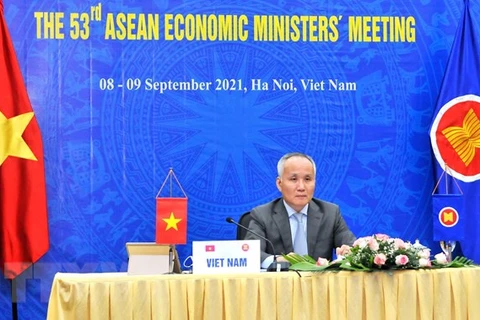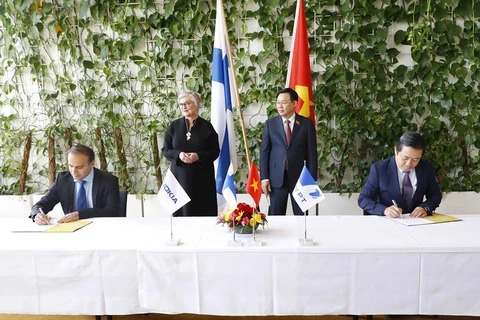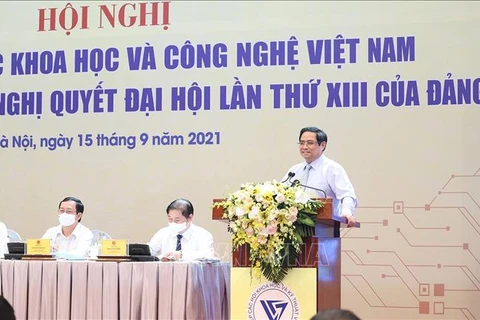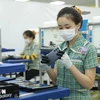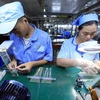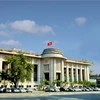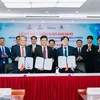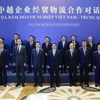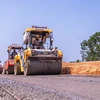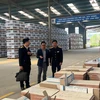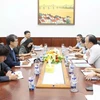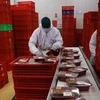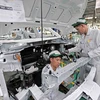Hanoi (VNA) – A high-level webinar on digital economy – the key of growth in new normal context took place on September 16, under the sponsorship of the Party Central Committee’s Economic Commission, in coordination with the Vietnam e-Commerce and Digital Economy Agency under the Ministry of Industry and Trade.
In his opening remarks, deputy head of the Party Central Committee’s Economic Commission Nguyen Duc Hien said the 13th National Party Congress laid out the guideline on accelerating national digital transformation and development of digital economy based on science, technology and innovation.
He stressed that the Politburo’s Resolution No.52-NQ/TW dated September 27, 2019 on several policies and guidelines for proactively joining the fourth industrial revolution also set the development of digital economy as a pillar and a key strategic task in the process of national digital transformation for subsequent years. It also set the target that the digital economy will account for 20 percent of GDP by 2025 and 30 percent by 2030.
Hien said despite a boom in fintech, telecoms, production of computers and electronics, information technology and communications services, the digital economy still faces a number of barriers, one of which is the loose and inconsistent institutions and legal environment. The fast development of new business forms poses challenges to management work of State agencies.
Policymakers, experts and business executives discussed new development trends of the digital economy in Vietnam, and pointing out opportunities and challenges faced by enterprises during the digital transformation process. They stressed the need to complete institutions and legal framework for the digital economy, step up digitalisation in State management agencies, promote electronic payment, improve human resource quality, and facilitate new business models, products and services.
Hien said the Economic Commission will study recommendations made at the event and closely monitor the implementation of the Resolution 52-NQ/TW in order to build a scheme on guidelines and mechanisms for industrialisation, modernisation till 2030 with a vision to 2045 to submit to the Party Central Committee in October 2022./.


